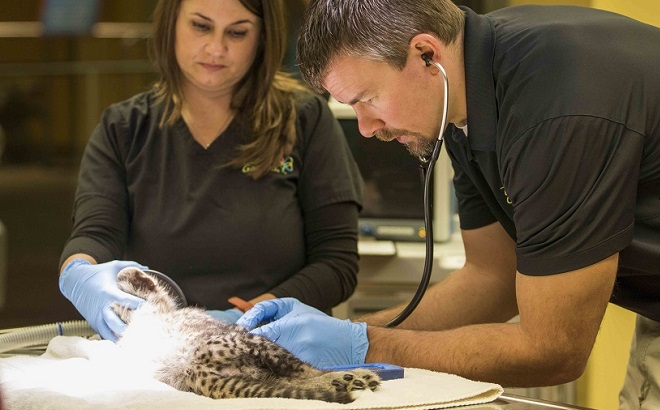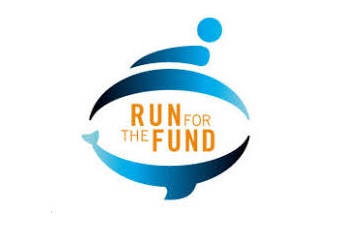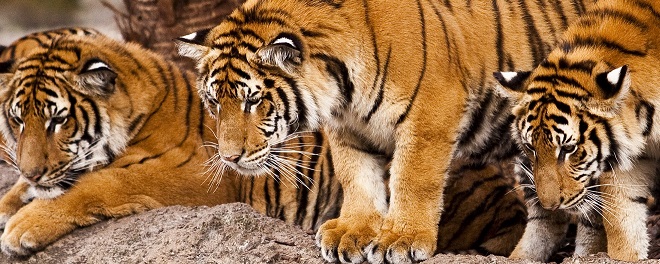-
FOLLOW YOUR KINDERGARTEN TEACHER’S ADVICE
Clean up after yourself and leave every place you visit cleaner than how you found it. Whether you're fishing, boating, picnicking or simply enjoying the lakes, rivers or wetlands in your area, remember that everything eventually makes its way to the ocean. Even in land-locked areas, waste can find its way to sea. Rivers and streams transport both nutrients and pollutants to estuaries, which then feed into the ocean. SeaWorld has rescued more than 34,000 animals -- many of the animals that are rescued are injured or ill due to human-caused threats such as trash that makes its way to the ocean. A plastic bag can be easily mistaken as a tasty jellyfish by sea turtles. Pelicans or other shorebirds may swallow fishing hooks. Endangered manatees may become entangled in monofilament line. You can help protect ocean animals by picking up trash wherever you are.. it's that simple. -
TURN YOUR BACKYARD INTO A COUNTRY CLUB FOR CRITTERS
Whether your backyard is an acre, a patch of grass, or an apartment ledge, you can roll out the red carpet for native animals like birds, butterflies or bunnies looking for the comforts of home. And did you know that some of the animals in your own backyard may be endangered? While more than 700 species of butterflies live in North America, many species, like the Karner blue butterfly and the Schaus swallowtail, are close to extinction. Regardless of size, all healthy habitats need four basic elements: food, water, shelter and places to raise young. So plant butterfly bushes, native trees and flowers; put up bird houses, baths and feeders; create a cozy hideout using brush, logs or scrap wood. Simple actions like these help native and migratory animals survive and thrive. And countless birds, bees and butterflies will thank you. -
YOUR WALLET CAN SAVE THE WORLD
Well, it can definitely help. Tigers, elephants, eagles and so many other extraordinary, at-risk animals call healthy, vibrant forests home. To protect those forests, look for wood and paper products displaying the Forest Stewardship Council (FSC) certification label, which guarantees that your chair, kitchen table, guitar or office paper is made from wood harvested under rigorous environmental guidelines and standards. When visiting an exotic locale, be sure to seek out eco-friendly tourism guides, lodging and recreation and avoid buying products made from endangered or threatened species. -
BE A SMART PET OWNER
Caring for a pet is often our first real connection with a different species. But pet ownership is a serious commitment. If seeking out a parrot as a pet, be well informed. Many birds, such as blue and gold macaws, are targeted for the pet trade. Macaws sold as pets must be hatched and hand-raised in the U.S. If not, they were likely smuggled in illegally. Be aware that these birds often live several decades and demand a great deal of time and attention. If dogs and cats are more your speed, consider adopting a pet from a local animal shelter or rescue organization before going to commercial pet stores that may recruit animals from "puppy mills." Unless you're a serious breeder, always neuter your dog or cat, which will help curb the problems associated with pet overpopulation. And of course, scoop that poop. -
FORAGE FOR ECO-FRIENDLY FOODS
Slow food. Super food. Organic food. Good food. Bad food. Lots of food issues and messages coming at us from everywhere these days. For sure, the science of food is complex. Where it comes from, how it's grown and how it gets to your local grocery store are among the factors to consider when shopping for the most eco-friendly foods. But we bet you're not really weighing all these factors when in the cereal aisle with your hungry toddler, are you? Luckily, the good, smart people at Rainforest Alliance, Marine Stewardship Council and other organizations are here to help. Through stringent certification programs, these groups work diligently to ensure foods from chocolate and coffee to shellfish and salmon are grown and harvested in ways that protect animals, habitats and people. -
DIG A HOLE. PLANT A TREE. REPEAT.
Did you know hospital patients have been shown to recover from surgery more quickly when their hospital room offered a view of trees? Really. We're not making that up. Think about it. When you're near a grove of shady trees with your shoes kicked off to feel the cool grass underneath, how do you feel? Serene, protected and peaceful, we bet. Trees also do far more than calm us down. They help clean our air by absorbing carbon dioxide and pumping out oxygen. They shade our homes, protect us from wind, bear fruit, add value to our property, are beautiful to look at, and they're way fun to climb. Not only do trees provide benefits to us humans, they're home to countless birds, mammals, reptiles, amphibians and insects. So visit your local tree nursery and start digging already. -
REV UP YOUR RECYCLING
If you're on this website, you probably already recycle basics like plastic, aluminum and glass. Thank you! But all of us can probably recycle more stuff, and more often. Think of all those cereal boxes your kitchen sees in a given year. Taking the extra step of breaking down boxes and taking them to a recycling station helps the whole process and keeps more and more stuff out of landfills. Recycling half of your glass, aluminum, plastic, newspaper and cardboard prevents about 2,400 pounds of carbon dioxide - a greenhouse gas - from entering the atmosphere each year. -
LEARN TO LOVE BUGS
While some insects are considered "pests" harmful critters that voraciously destroy plants and trees many can be a gardener's best friend. These "beneficial bugs" are insects that prey on other insects, and are way more garden-friendly than traditional pest controls. Some of these "good bugs" include ladybugs, mealy bugs, lacewings and non-stinging wasps that feast on a smorgasbord of "bad bugs." The first step in getting started? Identify pest bugs by using a magnifying glass and an insect guidebook. Beneficial bugs should be selected by custom tailoring them against the harmful insects. The "good" bugs are available at local gardening stores and through mail-order catalogs. Try sprinkling your garden with handfuls of ladybugs. Then watch these tiny hunters go after their favorite snack pesky aphids! -
TREAT WATER LIKE GOLD
From penguins to petunias, every living thing needs water to survive. But this precious resource is finite and in demand. A family of four can save up to 1,000 gallons of water a month by keeping their showers under five minutes. Amount saved by turning off the tap while brushing teeth? 800 gallons a month. Whether washing you car, your dog, or your dishes, use less and use wisely. Catch the wave learn to save! -
LEARN, DISCOVER, QUESTION, EXPLORE
Did you know that killer whales are considered "the wolves of the sea" because they hunt in packs? That manatees and elephants are related? That the octopus has the most developed brain of all invertebrates? That the heart of a blue whale is the size of a small car? So many questions, not enough answers. Learn all you can about animals and the world we all share by visiting accredited zoos and aquariums, reading, inquiring and surfing the web. Or better yet, take a hike, hit the beach, climb a mountain, or dive a reef. Most important, pass your newfound knowledge on and get involved.



